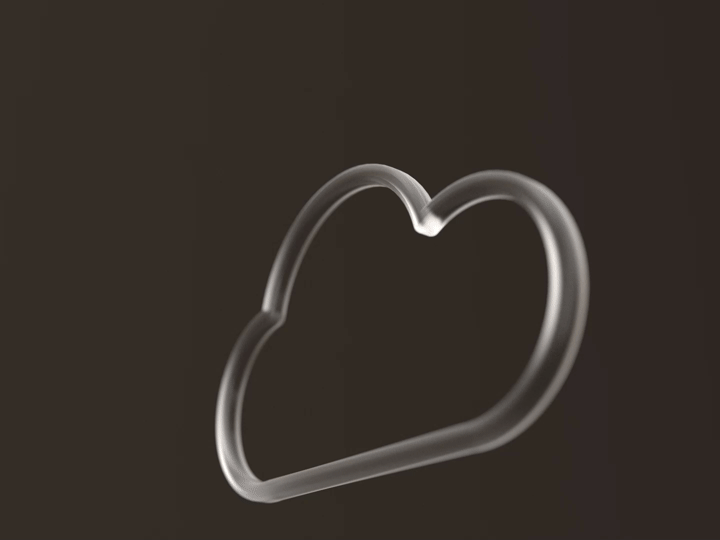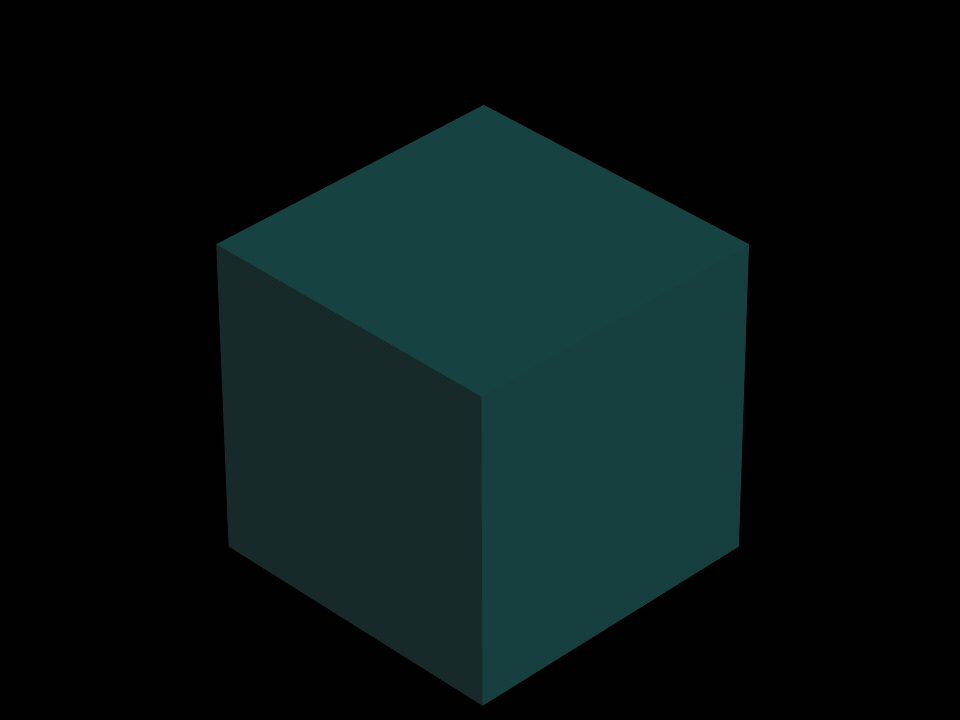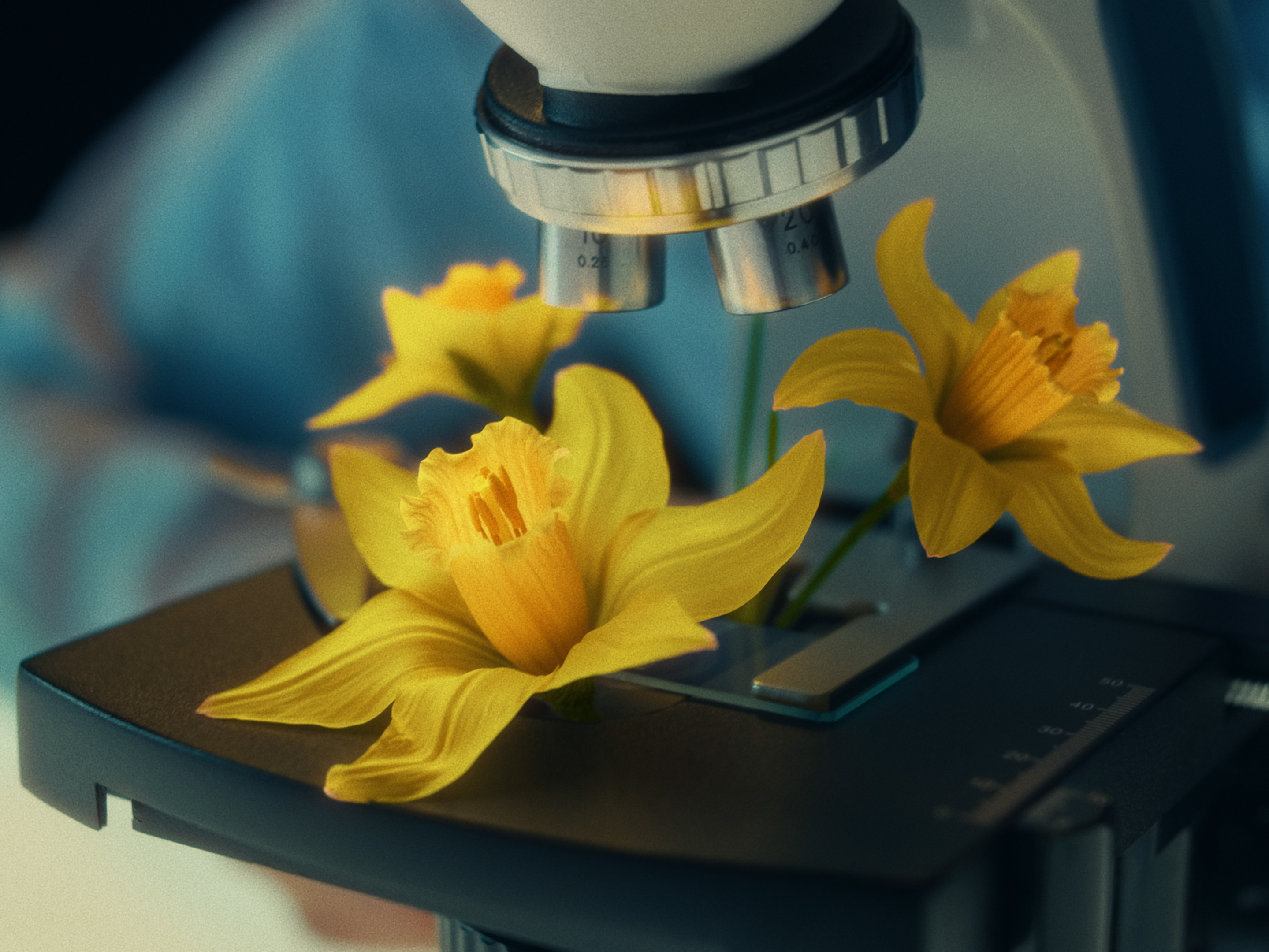Starting with rough blocking to figure out the shot composition, these key frames were used for tracing story boards as well. Clay renders used to figure out basic lighting once final models were created. Textured frames to further tweak lighting.



The Clock and Lamp, being two of the most prominent assets, were polygon modeled to be rendered under subdivision. The book stacks on the shelves were generated from an Houdini asset I created with help from Mark Fancher for an older project.
I wanted the texturing in this scene to convey a very lived-in quality. While this served as a great opportunity to familiarize myself with Redshift's Shader Graph, it was crucial for giving the room a warm and comfortable feeling. This feeling exacerbates the disruption caused by the violent ringing of the alarm.



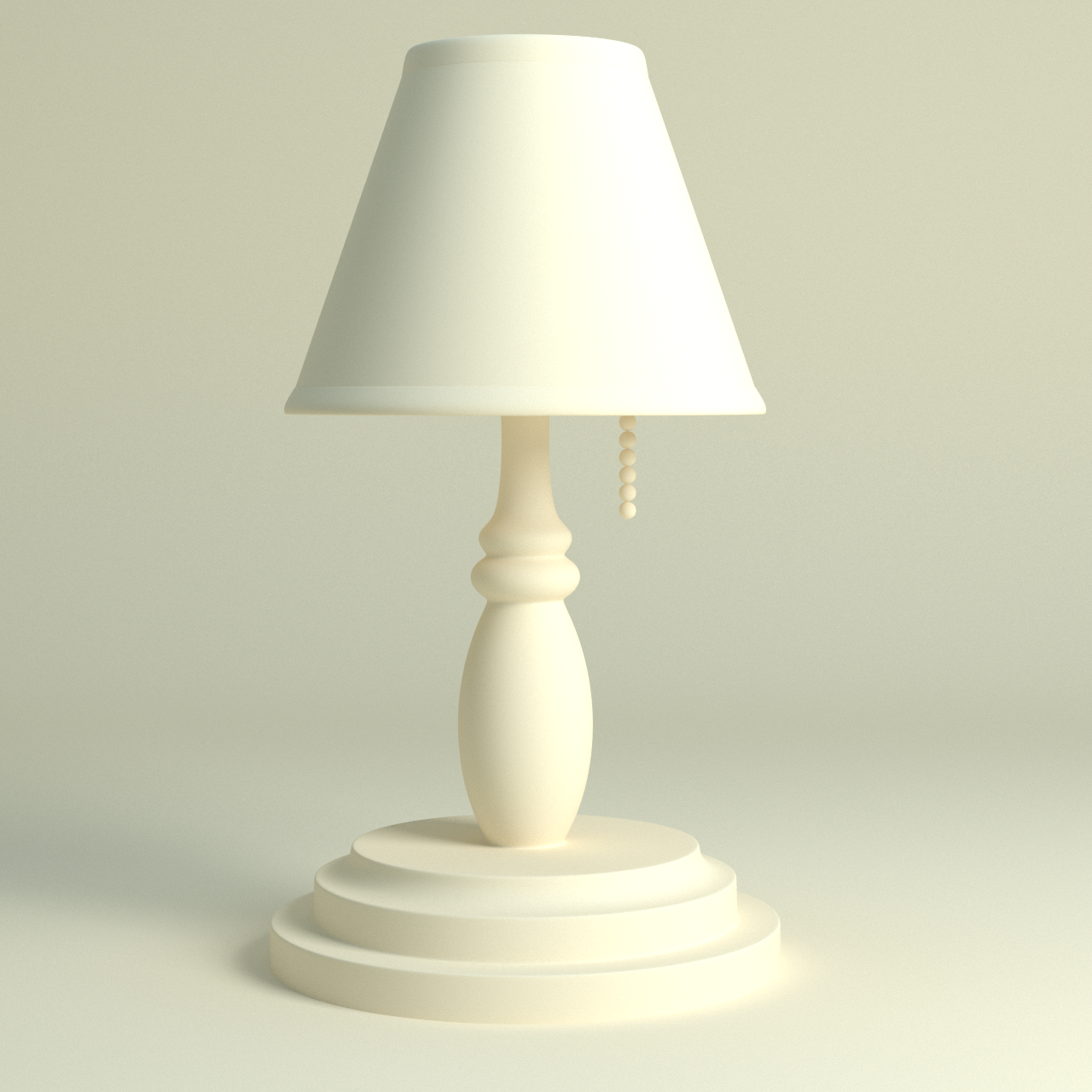
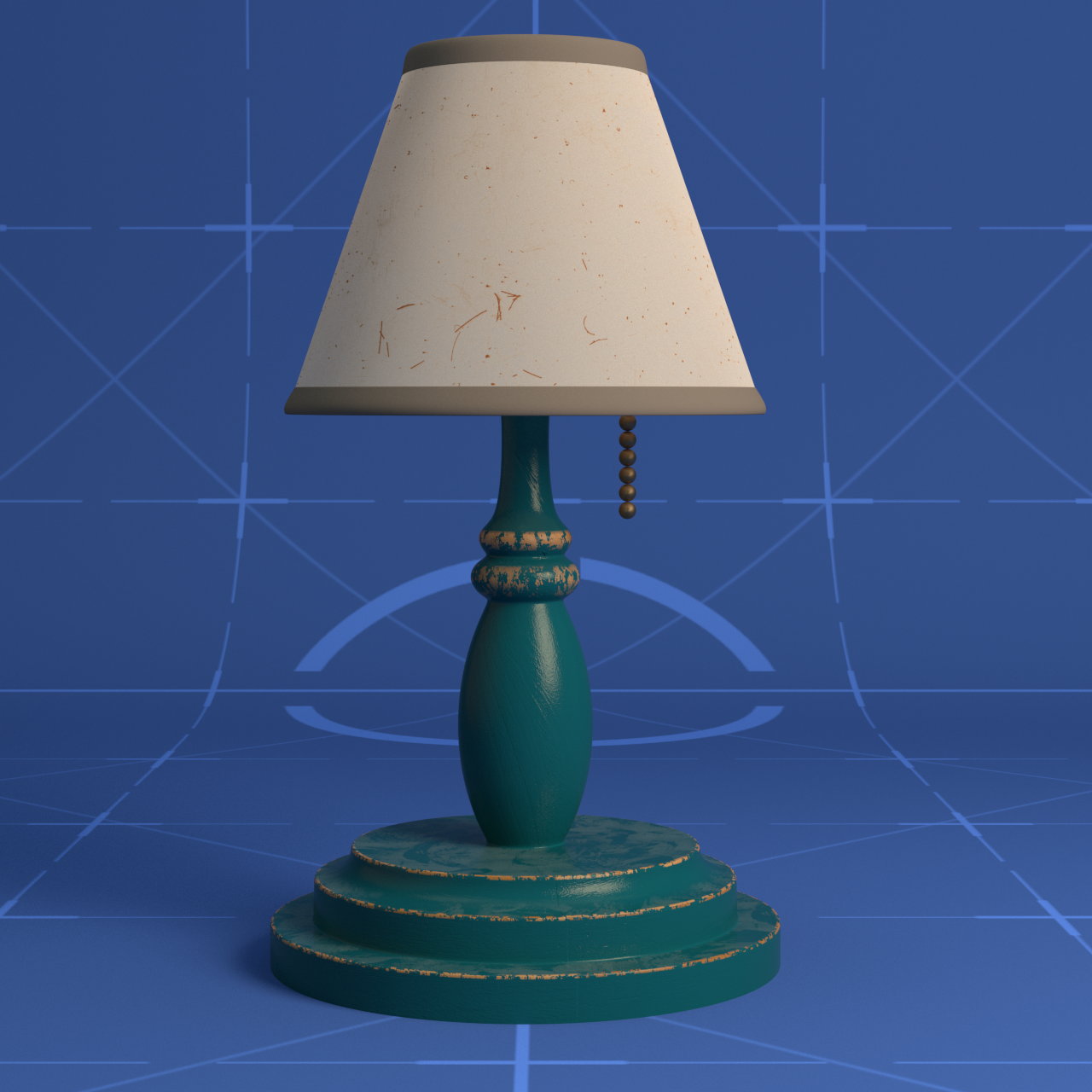





I created an xpresso rig to turn the bell hammer's movement into a cartoony motion-blur effect. While settling for a rate of one pose per frame to match the speed I needed, the flexibility of the rig allowed for this rate to be easily modified creating easy stop-motion effects.
Insydium's new ExplosiaFX was used to drive particles to create a whispy smoke look that I could composite into the scene after the blast. I've found that using Arnold's option to render particles as tiny little volume spheres does a great job of achieving this look.
Compositing was done in Fusion, using AE for some aspects like the laser beam.
